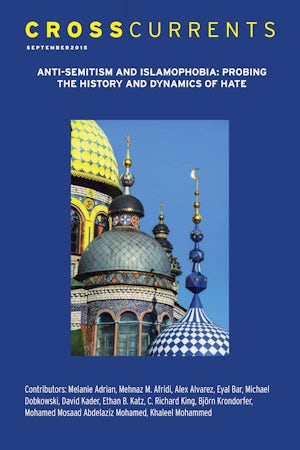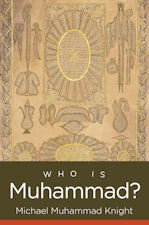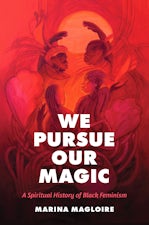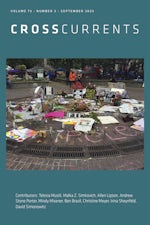CrossCurrents: Anti-Semitism and Islamophobia—Probing the History and Dynamics of Hate
Volume 65, Number 3, September 2015
Edited by Björn Krondorfer

118 pp., 6 x 9
-
Paperback ISBN: 978-1-4696-6690-7
Published: September 2015
Buy this Book
This title is not eligible for UNC Press promotional pricing.
Distributed for the Association for Public Religion and Intellectual Life
In the September 2015 issue of CrossCurrents:
“Introduction: Anti‐Semitism and Islamophobia: Twins or Category Mistake?” by Björn Krondorfer
“Sticks and Stones: The Role of Law in the Dynamics of Hate” by David Kader
“Renewed Hate: The Place of Jews and Muslims in Contemporary White Power Thought” by C. Richard King
“Making Enemies: The Uses and Abuses of Tainted Identities” by Alex Alvarez
“Islamophobia and Anti‐Semitism: Shared Prejudice or Singular Social Pathologies” by Michael Dobkowski
“Classifying Muslims” by Mohamed Mosaad Abdelaziz Mohamed
“Nostalgia and Memory in Jewish–Muslim Encounters” by Mehnaz M. Afridi
“Shifting Hierarchies of Exclusion: Colonialism, Anti‐Semitism, and Islamophobia in European History” by Ethan B. Katz
“Outlawing the Veil, Banning the Muslim? Restricting Religious Freedom in France” by Melanie Adrian
“When the Victims are not so Innocent: Extremist Muslim Activity in Western Bloc Countries” by Khaleel Mohammed
“The Nexus of Enmity: Ideology, Global Politics, and Identity in the Twenty‐First Century” by Eyal Bar



